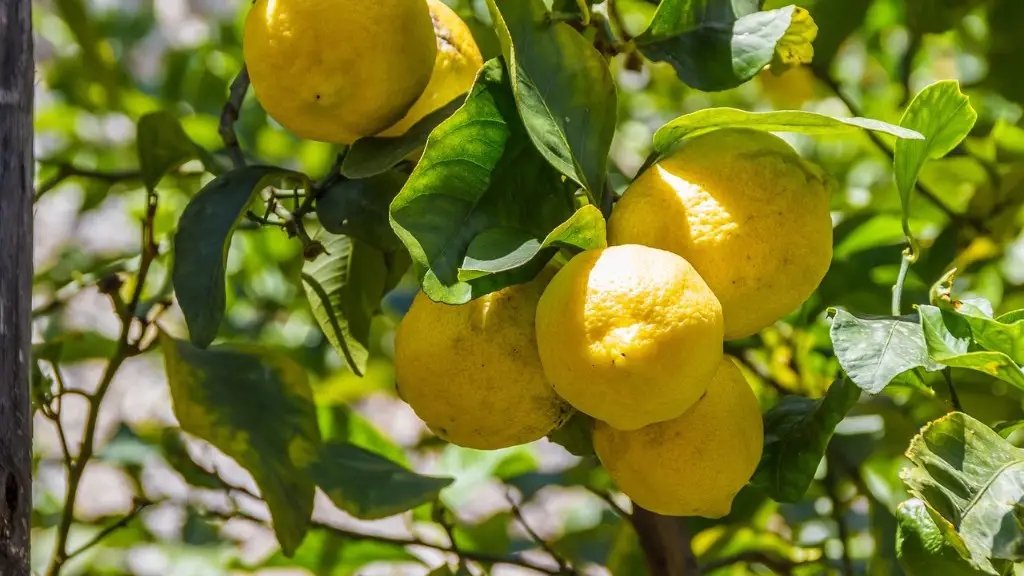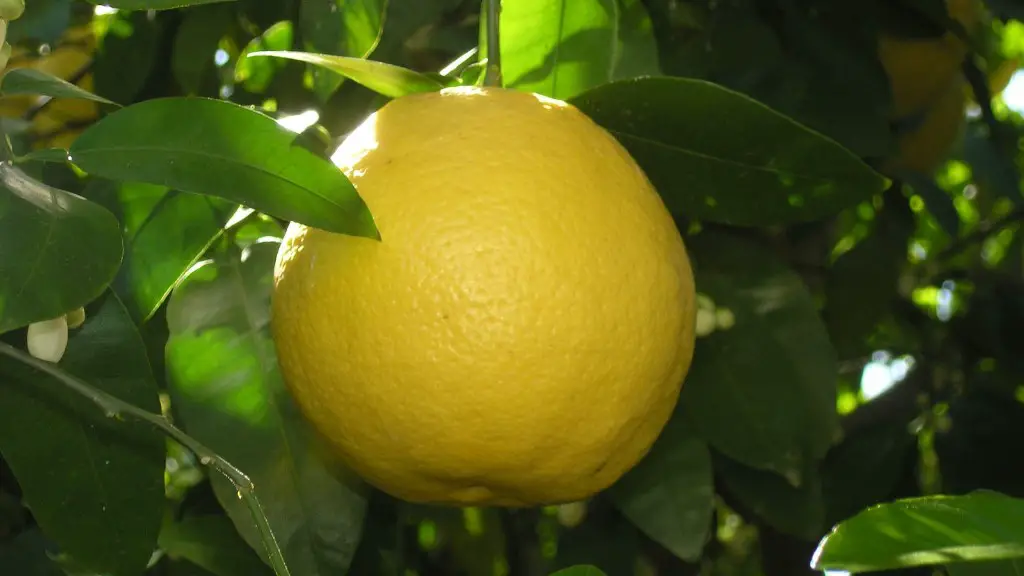As a gardener, it can be disheartening when your lemon tree isn’t producing the lemons you’d hoped for. There are several factors that could contribute to why your tree isn’t flowering or producing lemons, and understanding them is essential to help improve your tree’s condition. Below, we’ll cover some of the most common reasons why your lemon tree might not be doing its job.
Soil Conditions
Most lemon trees favour well-draining soil and will struggle to thrive in areas with either too little or too much water. Poor soil drainage can contribute to root rot, which could negatively impact your tree’s foliage, flowers or fruit. Similarly, if the soil is too dry, your tree may be suffering from nutrient deficiency. The pH level of your soil is also important – for a lemon tree to grow successfully, it should be between 6.0 and 7.0.
Sunlight
Most citrus trees need plenty of sunshine to flower and set fruit. If your tree isn’t getting adequate sunshine, this could be why it’s not growing. If your tree’s being grown in a greenhouse, be sure to open the shadecloth in summer when temperatures get too high. This will ensure that it’s getting plenty of sunlight.
Fertilization
Adequate fertilization is important for your lemon tree’s growth. To help your tree grow, add a 2:1:2 fertilizer every three months, around the bottom of your tree but not touching the trunk. Be sure to read the instructions on the fertilizer packet, as the amount of fertilizer you should use may differ depending on other environmental conditions such as soil quality, temperature and water availability.
Temperature
The optimal temperature range for a lemon tree is between 10-35°C. If the temperature is too hot or too cold, it can negatively affect your tree’s growth. During periods of extreme heat, ensure your tree is using some shade protection and is getting plenty of water.
Pruning
It’s important to prune your lemon tree regularly. Doing so ensures it remains small and manageable, allowing fruits to receive more sunshine during the growing season. Be sure to use the correct tools when pruning and never prune the central leader or the top leader when shaping the tree.
Diseases or Insects
In some cases, a lemon tree won’t grow lemons due to insect infestations or disease. Insects like aphids and mites can be destructive for your tree, and can cause stippling, yellowing and leaf-drop. Similarly, a fungus or bacteria could cause the leaves of your tree to yellow and drop prematurely.
Environmental Factors
Environmental factors, such as wind, can negatively affect the growth of your lemon tree. Wind can damage the foliage and flowers of your tree, and can often cause the lemon tree to produce fewer lemons. If this is the case, be sure to use a windbreak and increase the amount of mulch near the root zone to protect the tree.
Poor Pollination
Lemon trees need the help of bees for pollination. If your tree isn’t receiving enough bee visitations, it is unlikely that you’ll get the lemon crop you’re hoping for. Planting other flowering plants near the lemon tree, such as lavender and basil, can attract more bees and increase the chances of pollination.
Age of the Tree
Unlike other types of fruit trees, lemon trees take a longer time to mature and begin producing fruit. It is typical for a lemon tree not to produce fruit for the first three years of its life. During this time, be sure to ensure adequate fertilization and pruning.

